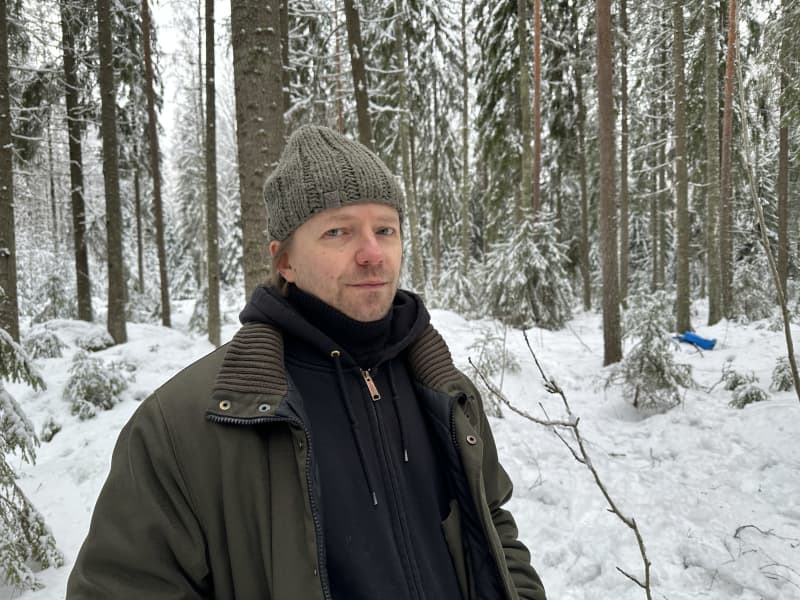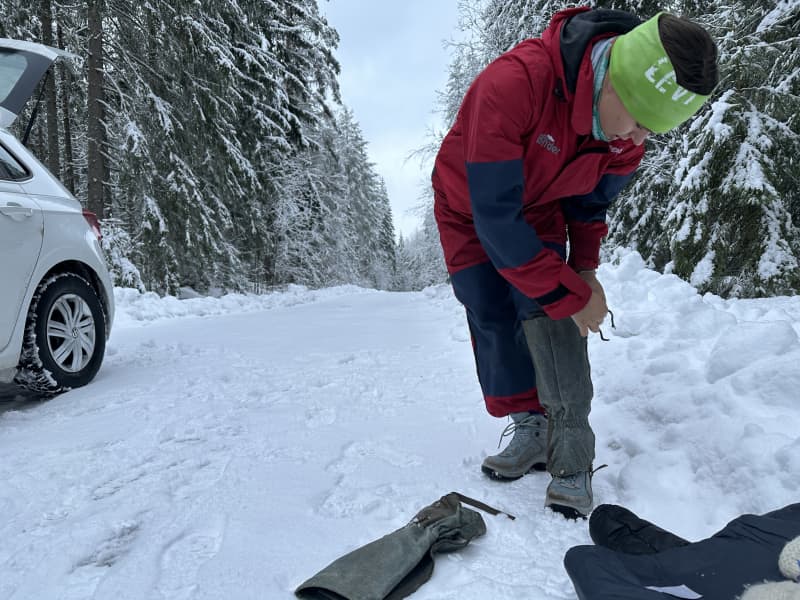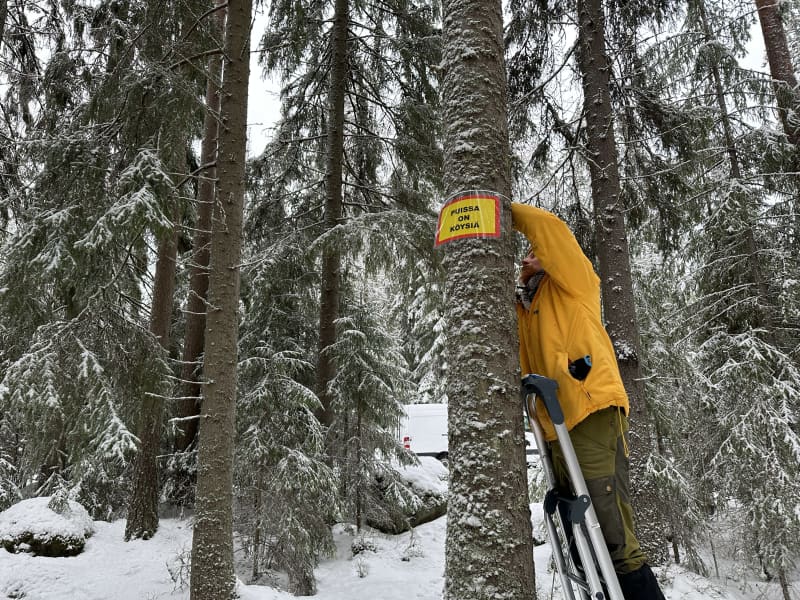According to environmental organisations, this is an exceptionally valuable bird forest in eastern Uusimaa. Metsähallitus has announced that it will clear-cut 7.5 hectares of forest in the area.
Greenpeace, Luonto-Liitto and Elokapina are trying to stop Metsähallitus from logging in Lapinjärvi Latokartano. Metsähallitus plans to clear-cut 7.5 hectares and thin 1.5 hectares of forest in Lapinjärvi Latokartano this winter. It may help to know that the size of the logging area is about one and a half hectares, including the street area of Helsinki’s Senate Square.
In case of forest machines, activists from Elokapina’s Forest Guard, Nature League’s forest group and Greenpeace will be on site to watch the area. The aim is to get the logging cancelled and the area permanently protected to prevent loss of wildlife.
– You don’t want that kind of foreign material in your logging machine or industrial processes. We have taken the line that this is not mischief or mischief because we have made it clear and marked the ropes. They can be collected away if they wish.

“An obvious target where protection should start”
The state’s plot in Lapinjärvi is, as a whole, quite large for a southern Finnish forest, about 700 hectares. The current 20-hectare nature reserve is located in the middle of the plot.
– Around the Ilveskallio nature reserve there are about 500 hectares of very valuable and fine forest in terms of nature conservation, which was good to be protected as well, Greenpeace’s Matti Liimatainen states.
According to Liimatainen, there are many similarities to the forest protection case in Aalistunturi in Kolar, which has been in the news a lot in recent weeks. In the case of the forest surrounding Ilveskallio, the protection decision would partly be supported by the same arguments.
– First of all, the state is committed to preventing the destruction of nature by increasing the area of \u200b\u200bprotected land. In addition, there is already a small nature reserve here, the expansion of which would be more cost-effective than establishing a completely new protected area.

However, according to Liimatainen, this forest is already worth protecting in itself, because the plot is largely an older forest, where, according to Liimatainen’s estimate, it is even 70–100 years since the last felling. Such uniform areas of old forest are rare, especially in Southern Finland and Uusimaa. In addition, according to environmental organizations, the forest contains endangered, watchable and old forest animal and plant species.
The bird population is exceptional
– This is one of the most valuable forest bird areas in Uusimaa, because here all the bird species of the old forest occur in large numbers. There are several pairs of birds that nest and use the area, and populations are strong here, Greenpeace’s Matti Liimatainen explains.
According to the Norwegian Bird Association, the area has nesting or wintering grounds for several bird species that are endangered, require decaying forest or represent old forest. These include, among others, the hen hawk, sparrow owl, gray-headed woodpecker, white-backed woodpecker, woodpecker, little woodpecker, little shrike, tufted tit, common tit and tree climber.

“Is there anywhere to cut down the forest?”
The forest in the Latokartano area of \u200b\u200bLapinjärvi has been cut down in previous years for several reasons. According to Greenpeace’s Liimatainen, at least economic return, forest research and the desire to combat letterpress insects have been named as reasons for logging.
– We can see their traces in this forest around us as well. It is an insect that lowers the economic value of the tree, but on the other hand increases its diversity. This is a woodpecker’s paradise.

Metsähallitus regularly negotiates its logging plans with environmental organizations. Organizations are often criticized for the fact that they seem to oppose everywhere and all economic exploitation of the forest. In Greenpeace’s opinion, can a forest be cut down anywhere?
– Of course you can. Some people in Finland are making an issue of raising the protection level in forests from the current seven percent to ten percent. A keen eye notices that even then, 90 percent of the country’s forests would still have wood that could be felled and taken to the factory.
According to Greenpeace’s Liimatainen, traditionally in Finland economically less valuable areas are protected the most.
– When we think of endangered species, they cannot be protected by protecting, for example, only stunted fell areas. All kinds of things should be protected and generally more forest.
*You can discuss the topic until 23:00 on January 28.*
